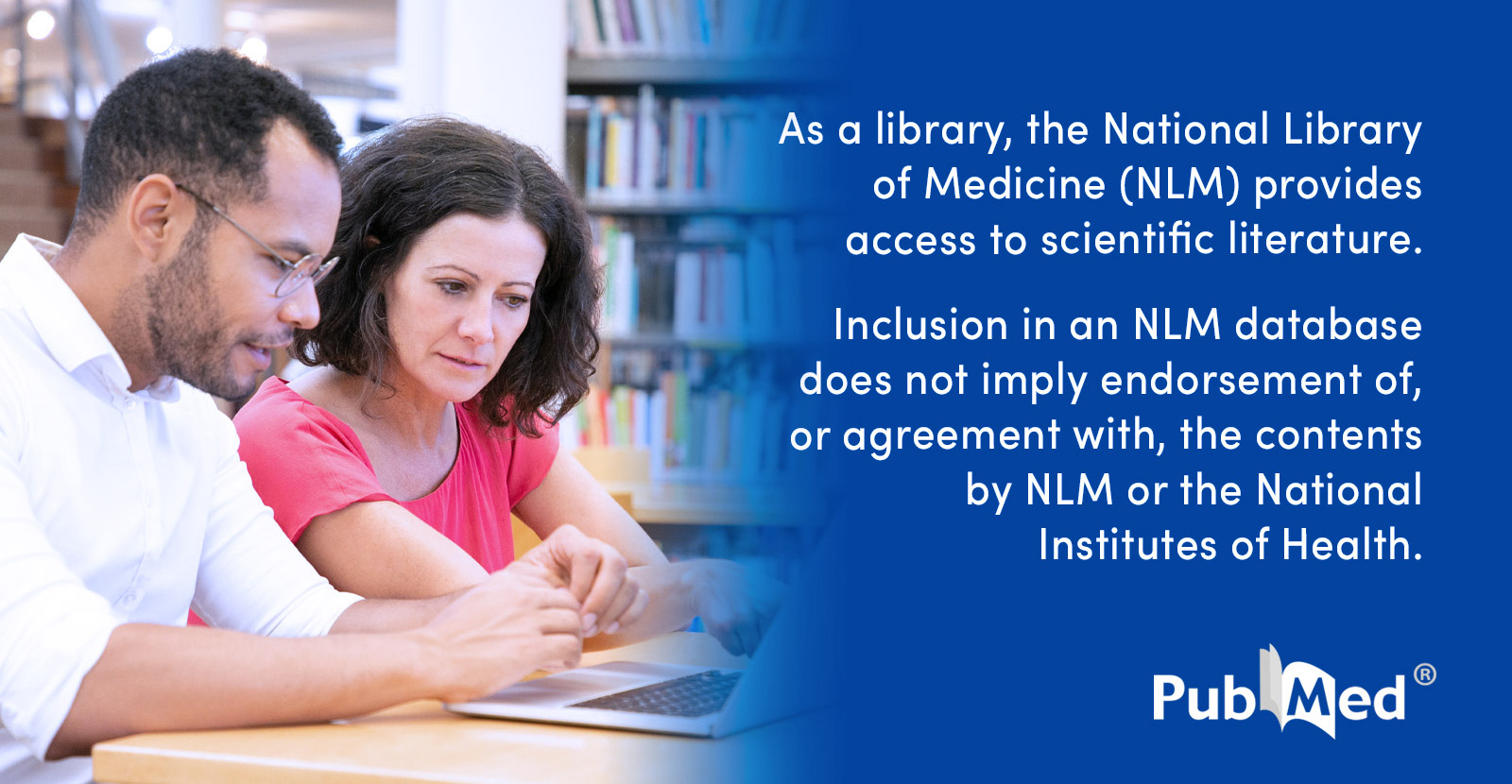Comprehensive treatment in severe dengue during preterm and term labor: could tocolysis be useful?
Autor: Escobar, María Fernanda; Mora, Bárbara Lucía; Cedano, Jorge Andrés; Loaiza, Sara; Rosso, Fernando
Publication year: 2020
The journal of maternal-fetal & neonatal medicine : the official journal of the European Association of Perinatal Medicine, the Federation of Asia and Oceania Perinatal Societies, the International Society of Perinatal Obstetricians
issn:1476-4954
doi: 10.1080/14767058.2018.1554044
Abstract:
Objective: There is lack of data on the management of severe dengue infection during labor. The objective of this study was to describe our experience in the management of preterm and term labor of pregnant patients with severe dengue infection and thrombocytopenia.Materials and methods: We describe patients with dengue infection confirmed by dengue serology or NS1 antigen in Cali, Colombia. All of the patients had warning or severity signs for dengue and initiated labor, either term or preterm, during their hospital stay. All had thrombocytopenia at the moment labor started. Therefore, we treated them with support management, including intravenous fluids and a tocolytic agent (either atosiban, magnesium sulfate or nifedipine). Tocolytics aimed to stop contractions until platelets were in a safe range previous to delivery. Platelets transfusions were performed if the count was less than 10,000 cells/ml and active bleeding was present. The primary outcome we evaluated was postpartum hemorrhage (defined as a loss of >500 ml following a vaginal delivery or >1000 ml after cesarean section) or maternal and neonatal morbidity and mortality.Results: We present a total of six pregnant women. The median platelet count 24 h previous to delivery was 94,000 cells/ml and after tocolysis was 132,500 cells/ml. Two patients suffered postpartum hemorrhage despite the management. Only one woman required platelet transfusion. No maternal or newborn mortality were present. Three patients were diagnosed with preeclampsia. Four patients had delivery via cesarean section. Five out of six newborns required hospitalization, three of them due to neonatal respiratory distress syndrome.Conclusion: Comprehensive treatment including fluids resuscitation and uterine inhibition in pregnant women with severe dengue in preterm or term labor could be useful. More clinical studies are required to evaluate the benefit of this intervention in tropical countries.Brief rationale: We present an original research article and literature review entitled “Comprehensive treatment in severe dengue during preterm and term labor: could tocolysis be useful?”. Our article describes the clinical manifestation, laboratory findings, complications and management provided to a group of six patients that presented to the hospital with acute dengue virus infection and initiated labor while viremic and thrombocytopenic in this study.In the present study, we found that most of our patients (5 out of 6), presented with signs of severe dengue fever and all of the patients had warning signs. In this population, we decided to provide support treatment and tocolytic agents to these patients with the aim of delaying labor to allow platelet count to rise, thus reducing the odds of hemorrhagic complications. We concluded that although tocolysis is not regularly used in patients with dengue fever, our results suggest that our protocol could benefit pregnant patients with thrombocytopenia due to dengue; however, prospective studies which determine the safety and effectiveness of our intervention are needed.
Language: eng
Rights:
Pmid: 30626246
Tags: Humans; Female; Adult; Infant, Newborn; Young Adult; Pregnancy; pregnancy; Colombia; preterm labor; Dengue virus; Obstetric Labor, Premature/prevention & control; Pregnancy Complications, Infectious/therapy; Severe Dengue/complications/*therapy; thrombocytopenia; Thrombocytopenia/etiology/*therapy; Tocolysis/*methods; tocolytic; Tocolytic Agents/*administration & dosage
Link: https://pubmed.ncbi.nlm.nih.gov/30626246/








